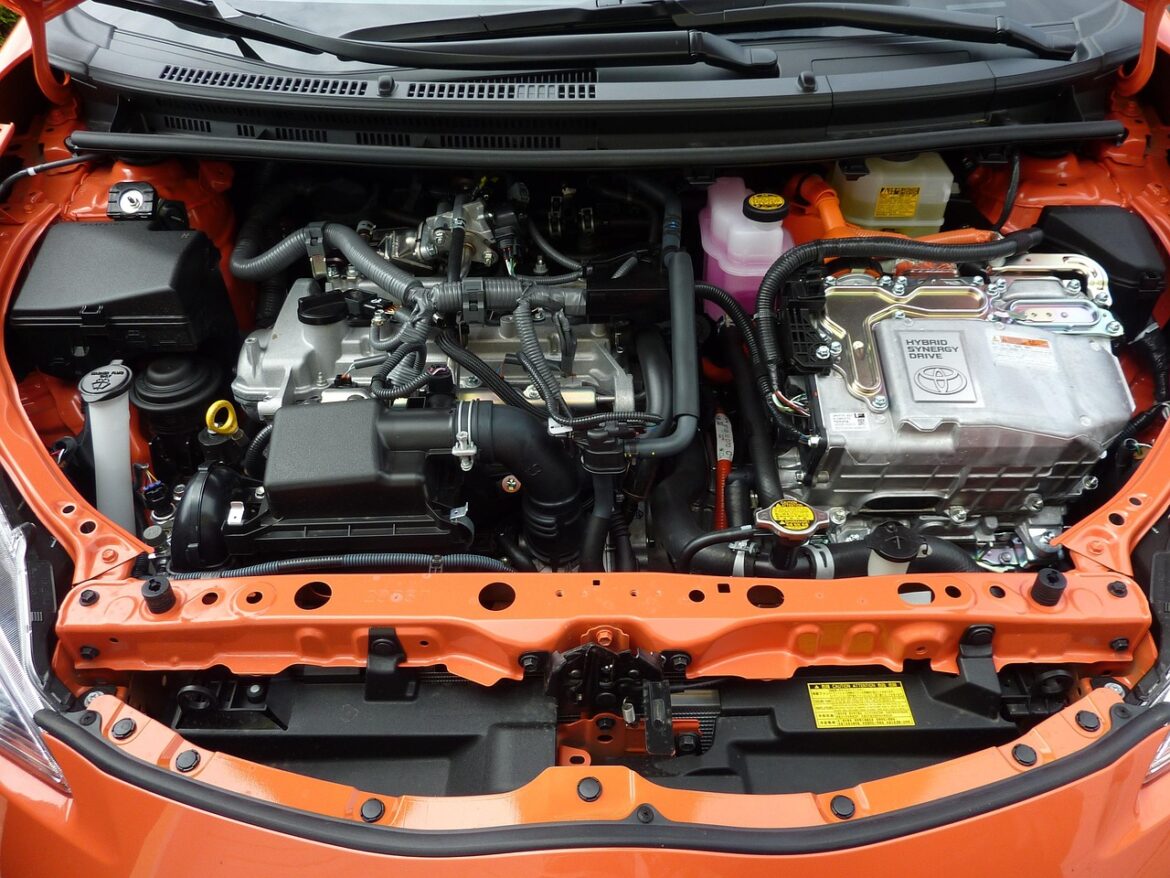Revving Up with Advanced Electric Vehicle Power Electronics The electric vehicle (EV) surge continues to drive automotive engineering, but in 2025, the focus isn’t just on going electric—it’s on powering those EVs smarter and more efficiently. Silicon carbide (SiC) and gallium nitride (GaN) power devices are taking the spotlight, offering up to 60% efficiency gains over traditional silicon-based components. Think of these materials as the turbochargers for EV electronics, enabling faster charging, better range, and less energy lost to heat. This advancement is smoothing the ride into a future where EVs become the norm, not the niche.
Level 2 Automation Expands Beyond Luxury Remember when advanced driver assistance was exclusive to luxury brands like Tesla? In 2025, Level 2 automation—where cars can handle steering and acceleration with minimal driver input—is going mainstream. This shift means millions of drivers will experience smarter, safer commutes with built-in tech that eases the daily grind. With automakers integrating these systems across mid-range vehicles, demand for specialized automotive chips and memory technology is booming, ticking past $10 billion. It’s like getting a co-pilot who never gets tired.
Innovations in Sustainable Engine Technologies At the Auto Expo 2025, industry players like Greaves Engineering unveiled breakthroughs including bi-fuel engines running on gasoline and CNG, hydrogen internal combustion engines, and Euro V+ compliant diesel powertrains. These engines aren’t just about pushing performance; they represent novel ways to cut emissions and embrace sustainability without sacrificing the thrill of driving. This blend of tradition and innovation shows how old-school internal combustion isn’t done yet—it’s evolving.
Cutting-Edge Coatings Revolutionize Vehicle Efficiency Toyota Industries Corporation introduced the world’s first single-layer, UV-curable hard coating for vehicle plastic glazing. This innovation simplifies the production process by replacing three layers of coating with just one, reducing carbon emissions by 80% and slashing costs by 40%. The coating also makes vehicles lighter and more durable—like upgrading a car’s skin with a high-tech superhero suit. Already proven on Lexus’s hydrogen-powered off-road vehicle, this technology signals a new chapter in sustainable automotive materials.
The Growing Importance of Battery Supply Chains and Local Investment Battery production is more than a technical challenge; it’s a cornerstone of the future automotive industry. Companies like Panasonic are investing billions in EV battery plants in key regions such as Kansas City, strengthening North America’s competitiveness. Industry leaders cite agile manufacturing and skilled workforce availability as crucial advantages, meaning the EV revolution is not just a matter of tech but also of smart, localized engineering strategy.
In Brief:
- EVs gain efficiency from SiC and GaN electronics, setting new power standards.
- Level 2 automation hits mainstream cars, bringing smarter driving to all.
- Sustainable engines mix fuels and tech for cleaner transportation.
- Innovative UV coatings cut emissions and costs, creating lighter cars.
- Strategic battery supply chain investments anchor regional automotive futures.
Together, these engineering stories paint a vivid picture of an automotive industry at the crossroads of innovation, sustainability, and accessibility. The road ahead is electric, automated, and more efficient—driven by technologies that are already moving from labs to the streets, reshaping how we drive and what we expect from our vehicles.
References:
- https://www.techinsights.com/Automotive-Outlook-Report-2025
- https://thinkkc.com/news/blog/kc-smartport-blog/2025/05/07/shifting-gears-automotive-industry-at-a-crossroads
- https://www.autosinnovate.org
- https://www.spglobal.com/automotive-insights/en/blogs/2025/05/commercial-vehicle-forecast-cut-2025-tariffs-economy
- https://www.globenewswire.com/news-release/2025/05/06/3075251/0/en/Automotive-Engine-Components-Market-Size-to-Boost-USD-130-46-Bn-by-2034-Towards-Automotive-Research-Report.html
- https://www.coatingsworld.com/contents/view_breaking-news/2025-05-06/radtech-announces-2025-automotive-innovation-radlaunch-winners/
- https://www3.nd.edu/~powers/ame.20231/notes.pdf
- https://www.automotive-circle.com/events/automotive-interiors-2025/



